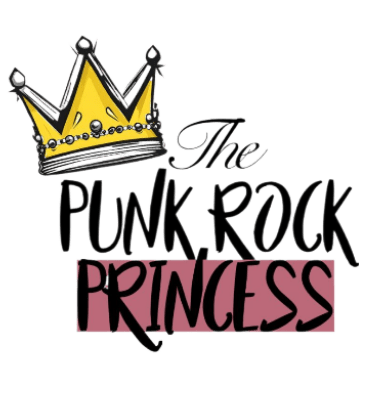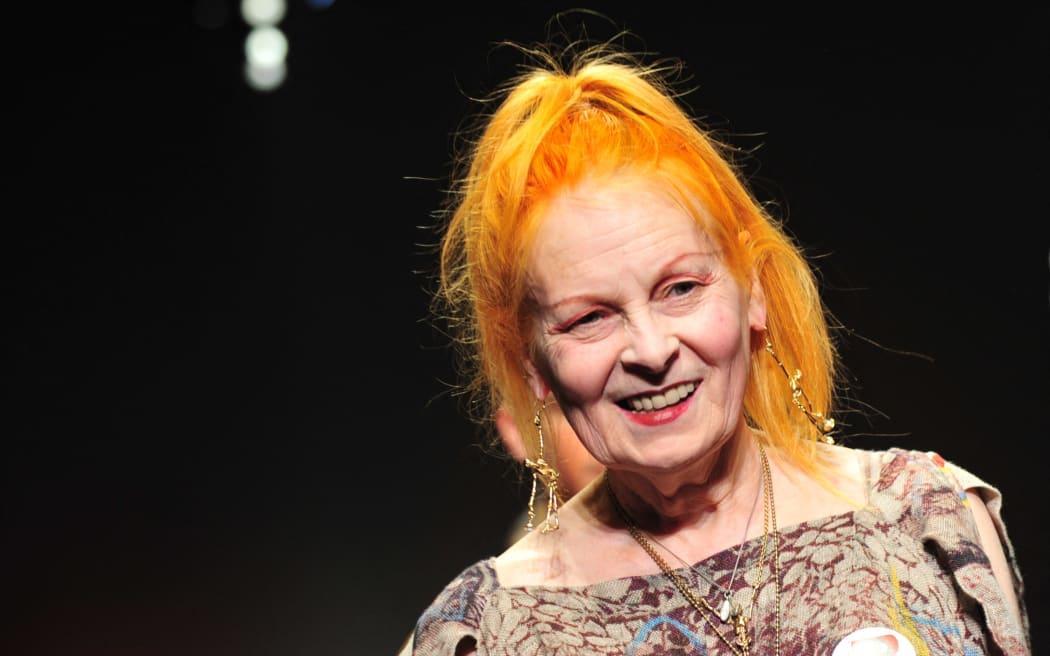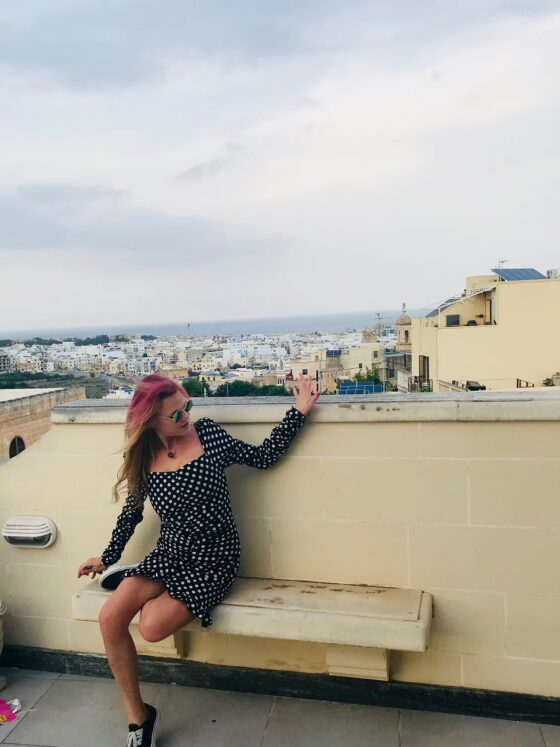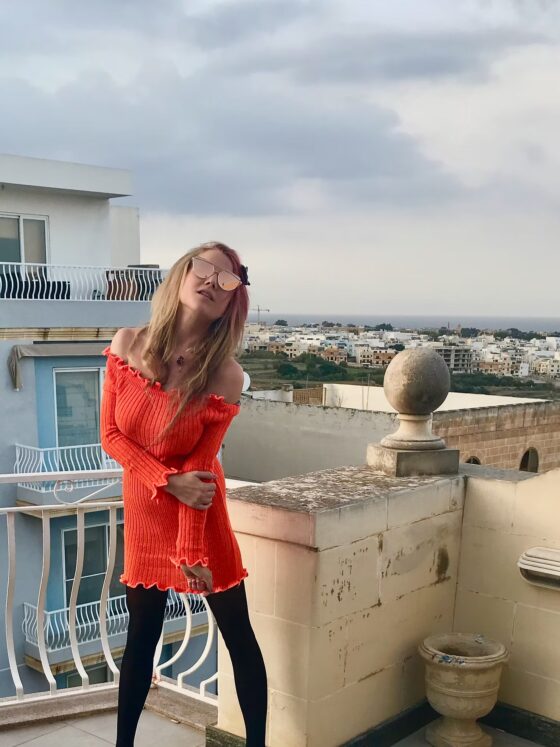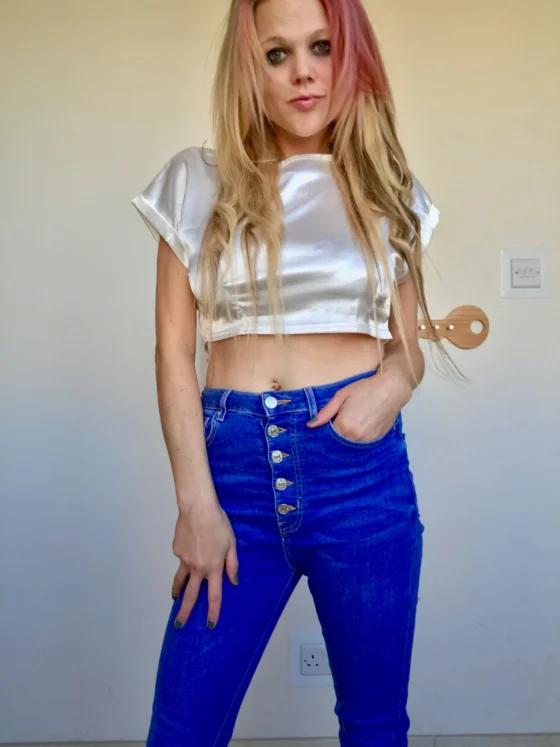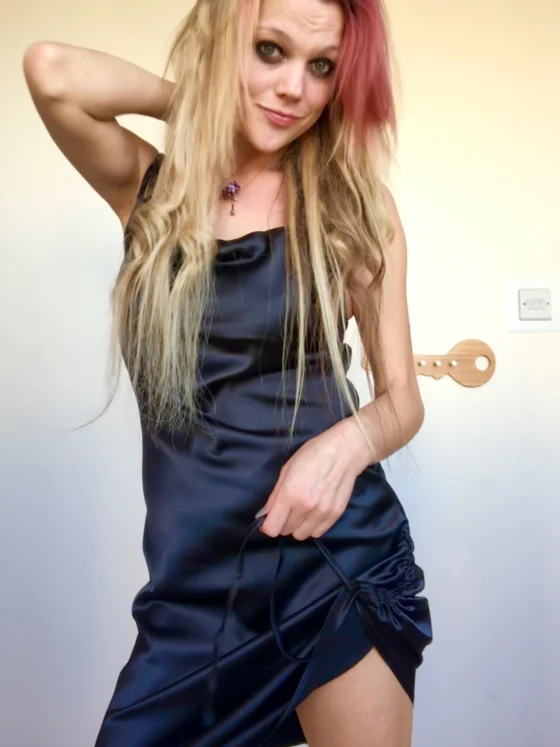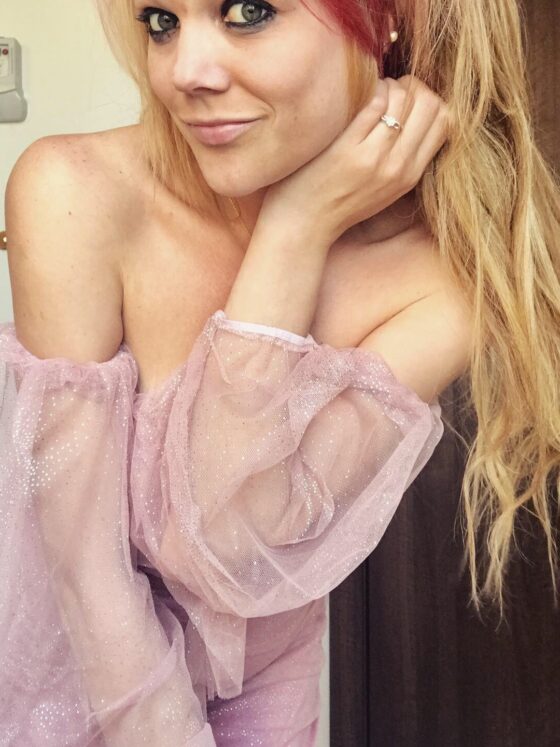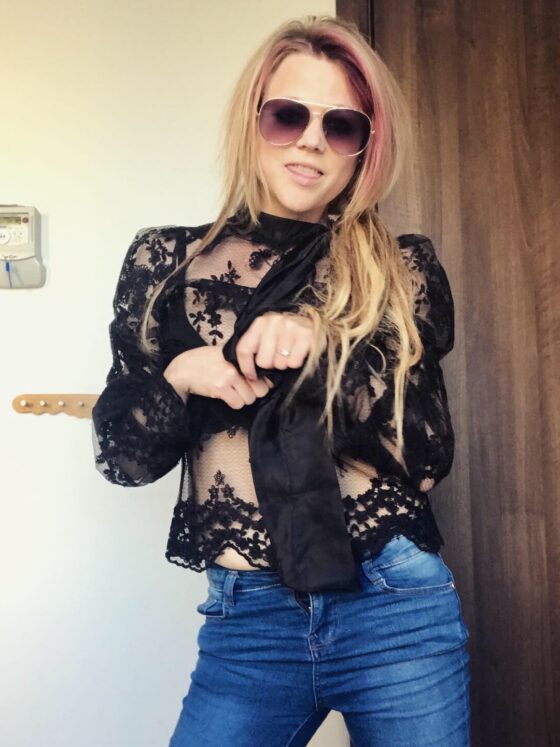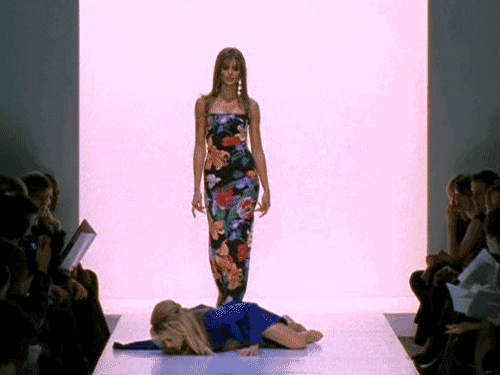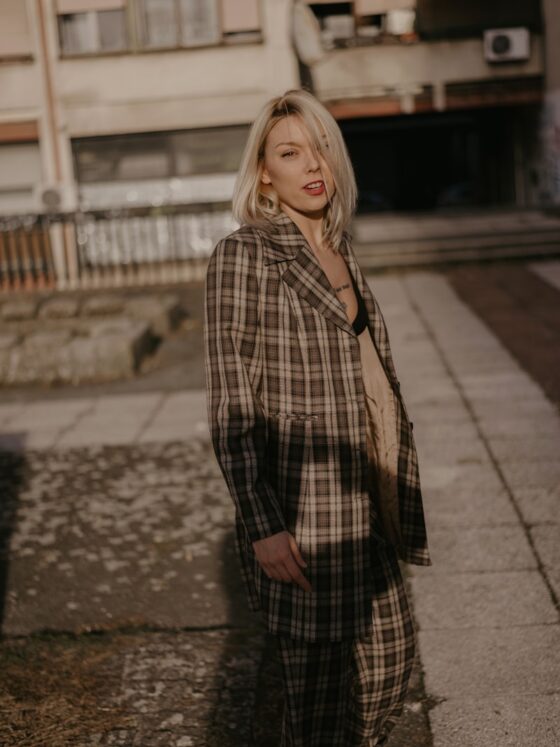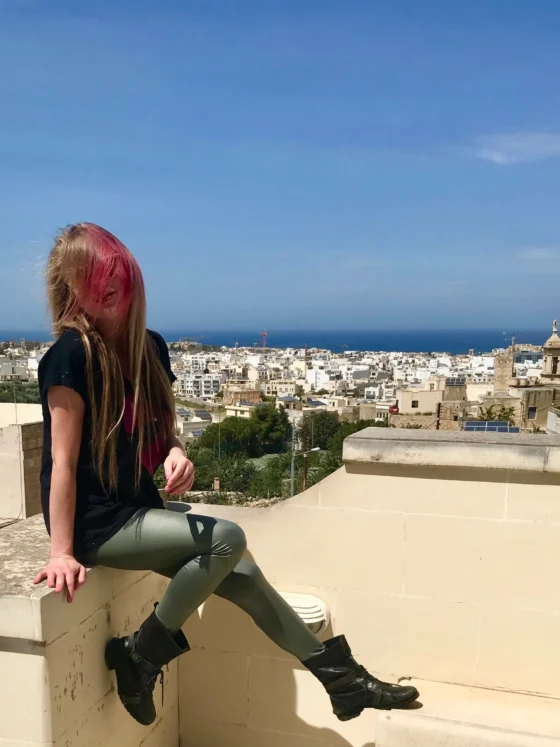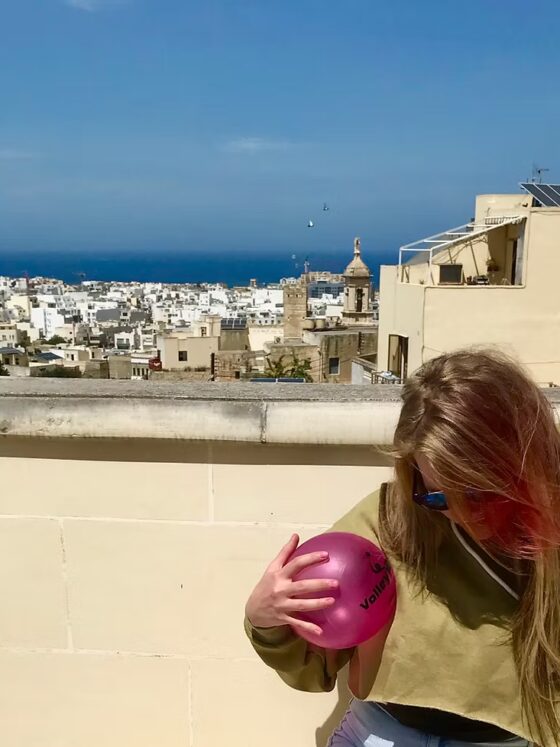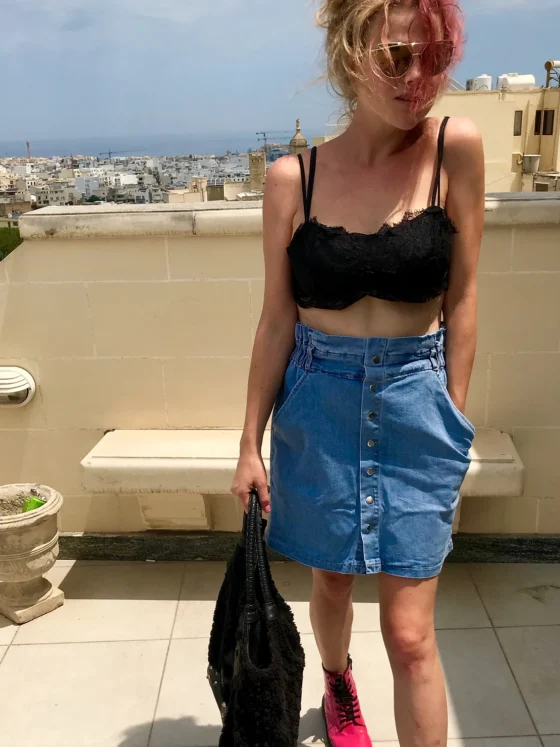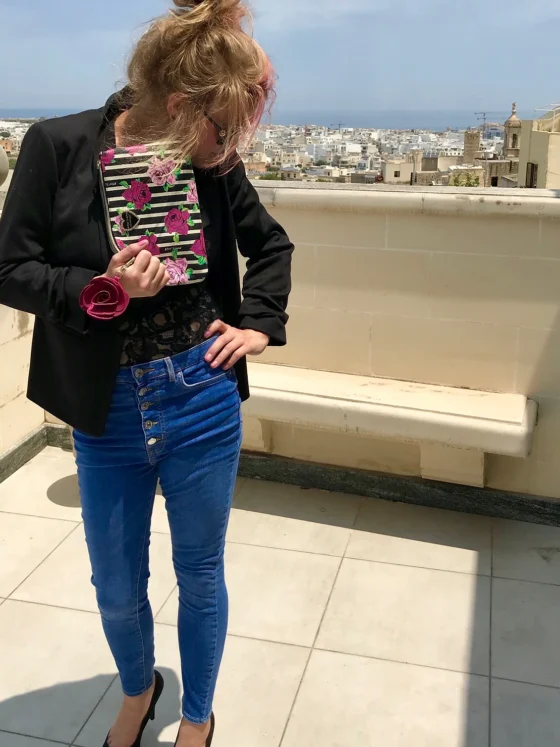British genius Dame Vivienne Westwood. She was exuberant but grounded, a former primary school teacher who shaped punk culture, here is the Vivianne Westwood legecy!
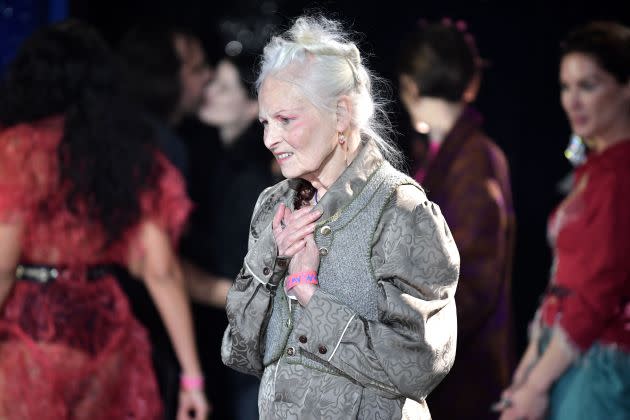
Her outfits were current with rips, safety pins, latex, androgyny, but she loved history. Kilts and corsets were her favourites. She dressed Theresa May, Chrissie Hynde, Princess Eugenie, and Pharrell Williams.
She was a renegade with a purpose, campaigning for climate change awareness long before it was fantastic.
In her final decade, Westwood focused on politics rather than fashion. Fashion never stopped loving Vivienne Westwood.
She was the fairy godmother of how every subculture has used clothing to define themselves. A seamstress from Glossop, Derbyshire, who opened a little boutique on King’s Road in London in 1971 with her lover, Malcolm McLaren, is responsible for streetwear’s rise to the fashion business.
Before becoming Sex in 1974, Let It Rock offered Teddy Boy clothes and Too Fast to Live Too Young to Die embraced rocker style.
Westwood’s talent was to visualize punk’s energy and iconoclasm. Westwood defined punk with his outfits. Bondage trousers honoured society. Safety pins celebrated chaos. Costumey historical flourishes rejected the conventional narrative that capitalism would advance everyone. Westwood and the Sex Pistols showed punk’s appearance and sound.
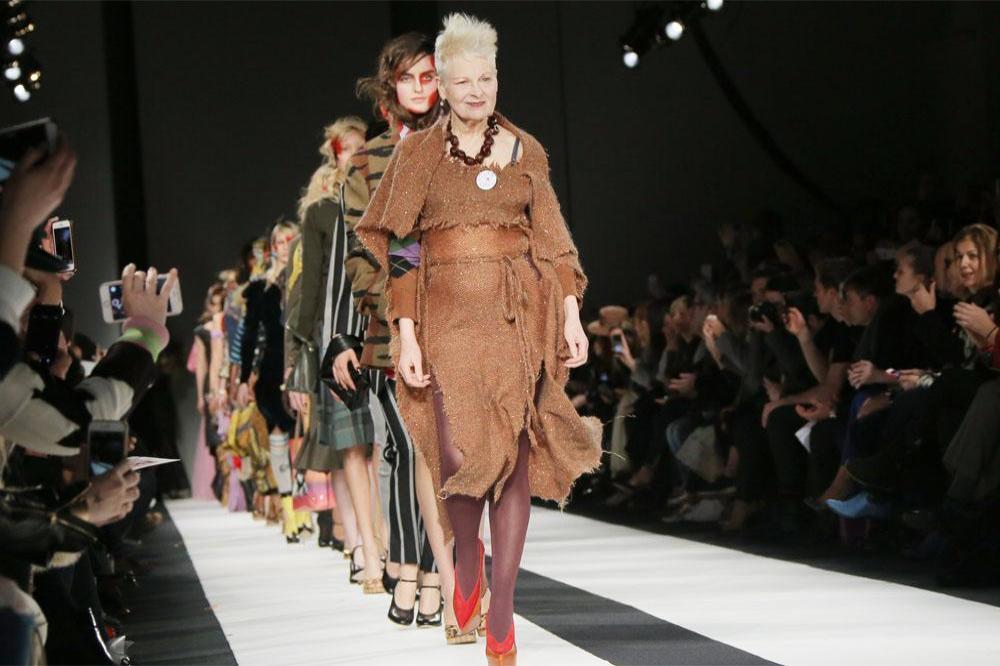
Westwood’s road was filled with humour, beauty, and joy amid punk’s broken spirits. Her attire and worldview were anti-establishment but not nihilistic. They were elegant despite being purposely off-kilter.
Her 1981 Pirates collection, the first displayed at London Fashion Week, highlighted dandyism before the New Romantics and Harry Styles. Her Portraits line revived corsets and pearls a decade later, which teenage girls still save up for today.
Westwood has an eventful five-decade career. She received an OBE in 1992 and a Dame in 2006 at Buckingham Palace, where she went knickerless. She declined to spin for the cameras the second time. She informed reporters she enjoyed not wearing panties with dresses. But the anti-establishment ethos of her commando decision seemed too perfect a vignette of clothes-as-theatre to have been a coincidence.
Westwood was unique and unclassifiable. “I’ve always been a rebel,” she commented at our last lunch. Punk was a protest against taboos and hypocrisy.
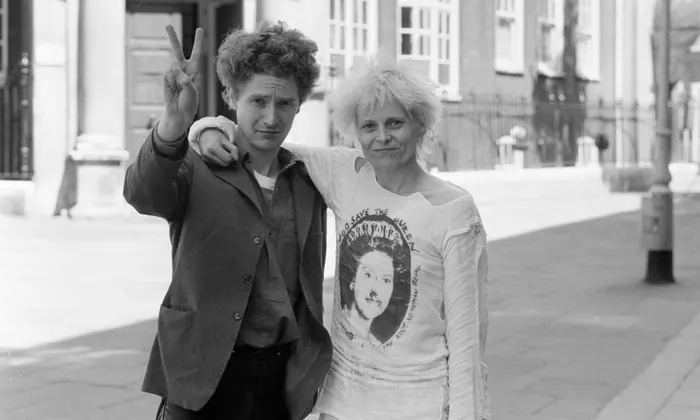
In an industry where new talent burns out faster than a matchstick, she made a completely independent fashion label, has avoided bankruptcy and buyouts, and now has hundreds of employees. For all her countercultural, boldly anti-traditional image, she lived that most old-fashioned of lives, a happily married one, for 30 years after marrying Andreas Kronthaler, an Austrian 25 years her junior whom she met while teaching art school in Vienna. The couple lived in a beautifully restored Queen Anne house in Clapham for over 20 years.
Westwood skipped Paris Fashion Week three months ago. Kronthaler developed the collection for years, but Westwood remained the figurehead and muse, and each show ended with her husband giving Westwood a bouquet and taking a bow with her.
Vivianne Westwood skipped Paris Fashion Week to go to a protest march for XR in London, which made people worry about his health. Westwood’s fashion week priorities supported this theory.
For a decade, her catwalk presentations have featured Climate Emergency statement T-shirts, rallies against austerity, fracking, private land ownership, and rainforest protection.
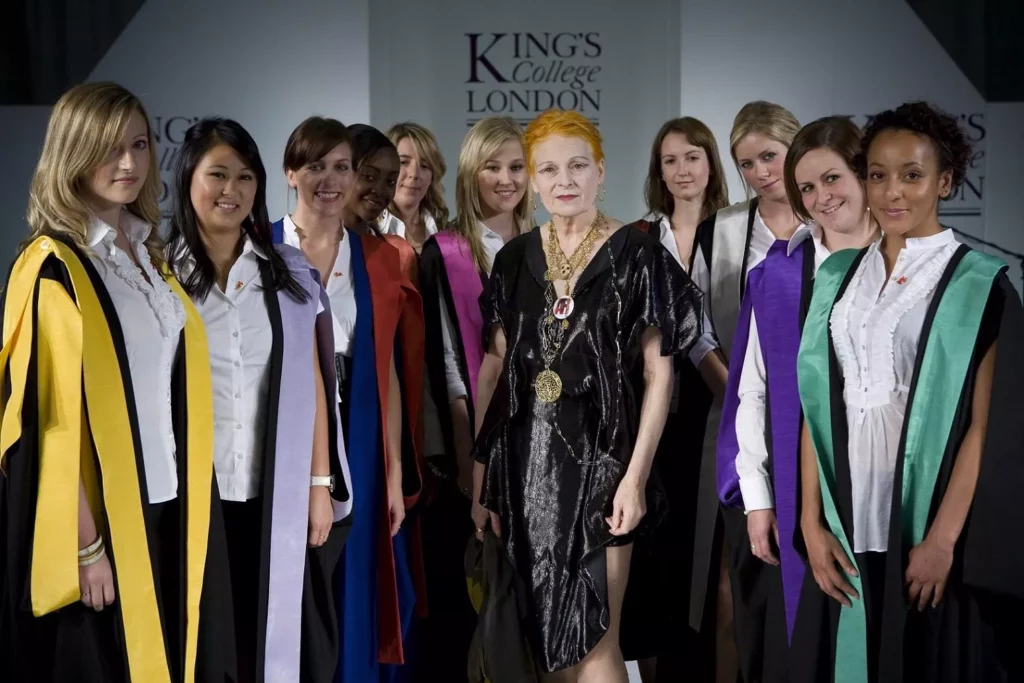
Vivianne Westwood realized life wasn’t about clothes, despite her eccentricities. She left fashion long ago, but Westwood will continue to influence it.

